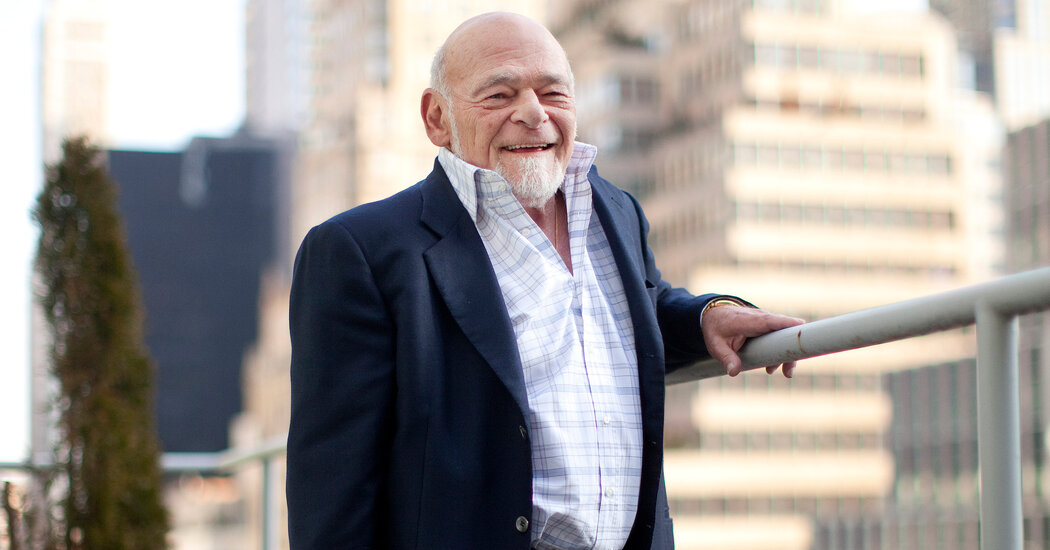Boeing’s 737 Max 9 and the Alaska Airline Grounding: What to Know
An emergency landing on Friday of an Alaska Airlines Boeing 737 Max 9 jet in Portland, Ore., led the company to ground dozens of similar models of the plane in its fleet. But it also raised troubling new questions about the safety of a workhorse aircraft design dogged by years of problems and multiple deadly crashes.
No one was seriously injured in Friday’s incident, which saw the jetliner return to the airport in Portland shortly after the plane’s fuselage broke open in midair, leaving a door-size hole in the side of the aircraft.
Within hours of the episode, Alaska Airlines said it would ground all 65 of the Boeing 737 Max 9 aircraft in its fleet until mechanics could carefully inspect each plane.
The Federal Aviation Administration and the National Transportation Safety Board also said they were investigating the cause of the incident. Boeing acknowledged the incident in a brief statement, and said the company had a technical team “ready to support the investigation.”
And while the particular technical issue that led to Friday’s scare appeared unique, Boeing’s 737 Max airliners have perhaps the most worrisome history of any modern jetliner currently in service.
What happened on Friday?
Alaska Airlines Flight 1282, which was carrying 171 passengers and six crew members bound for Ontario, Calif., made an emergency landing at the Portland airport on Friday evening shortly after takeoff.
Passengers on the flight reported hearing a loud sound before noticing that a section of the fuselage had opened up in midair.
In the minutes preceding the emergency landing, with oxygen masks dangling from the ceiling and the wind howling through the hole in the wall, passengers could not hear the announcements made over the public address system.
The plane involved in Friday’s incident was virtually new by commercial airline standards. It had been first registered in November and had logged only 145 flights.
What’s the history of the 737 Max?
Two crashes involving Boeing 737 Max 8 aircraft killed a total of 346 people in less than five months in 2018 and 2019. Both crashes were later associated with a broken malfunctioning sensor and device, known as the MCAS, that overrode pilot commands.
Those crashes led to a global grounding of Boeing 737 Max planes, parking hundreds of aircraft on tarmacs around the world for nearly two years while engineers worked to identify and solve the problem so that regulators could recertify the planes.
The first crash took place in October 2018, when a jetliner carrying 189 people from Jakarta, Indonesia, plummeted into the Java Sea only minutes after takeoff. Four months later, another 737 Max, this one flown by Ethiopian Airlines, crashed right after takeoff on its way to Addis Ababa, killing all 157 people on board, including the flight’s eight crew members.
Days later, President Donald J. Trump announced that American regulators would temporarily halt all flights by the Boeing 737 Max while investigators, and Boeing, sought to determine how a software system that was supposed to make the plane safer instead played a role in the catastrophes.
U.S. regulators were among the last to ground the model, but did so after pressure mounted and as 42 other countries took the drastic step to prevent further crashes.
Reporting by The New York Times and others eventually revealed competitive pressure, flawed design and problematic oversight had all played a role in the troubling history of the plane, Boeing’s best selling jet ever, and one with hundreds of billions of dollars in advance orders from airlines around the world when it was grounded.
What was the fallout?
Boeing agreed to pay $2.5 billion in a settlement with the Justice Department in 2021 to resolve a criminal charge that it had conspired to defraud the Federal Aviation Administration, which regulates the company and evaluates its planes.
In 2022, Boeing paid $200 million more in a deal with U.S. securities regulators over accusations that the company had misled investors by suggesting that human error was to blame for the two deadly crashes, and omitting the company’s concerns about the plane.
By the time the planes were recertified 20 months after the crashes in Indonesia and Ethiopia, Boeing estimated the crisis had cost the company $20.7 billion.
What does the Alaska Airlines grounding mean for air travelers?
The grounding of one of the industry’s main workhorses — so far limited only to Alaska Airlines planes — could put a strain on travelers as airlines sometimes have to cancel flights because they lack the aircraft to replace the grounded model. In the case of Alaska Airlines, the 65 737 Max 9s that are grounded pending inspection represent 28 percent of the company’s fleet of Boeing 737 planes. The company also flies the smaller Embraer E175, but with less than half the seats of the Boing 737, it is unlikely to be able to pick up all of the slack.


